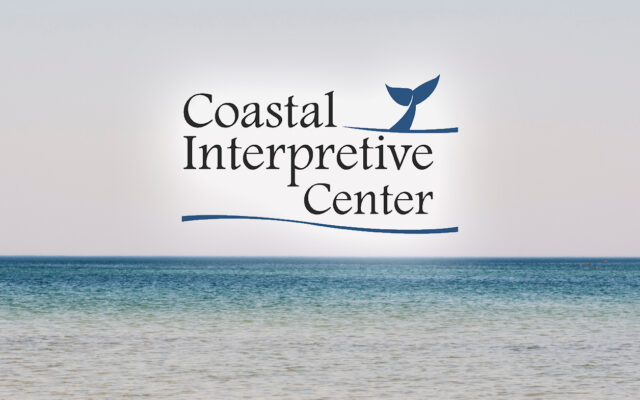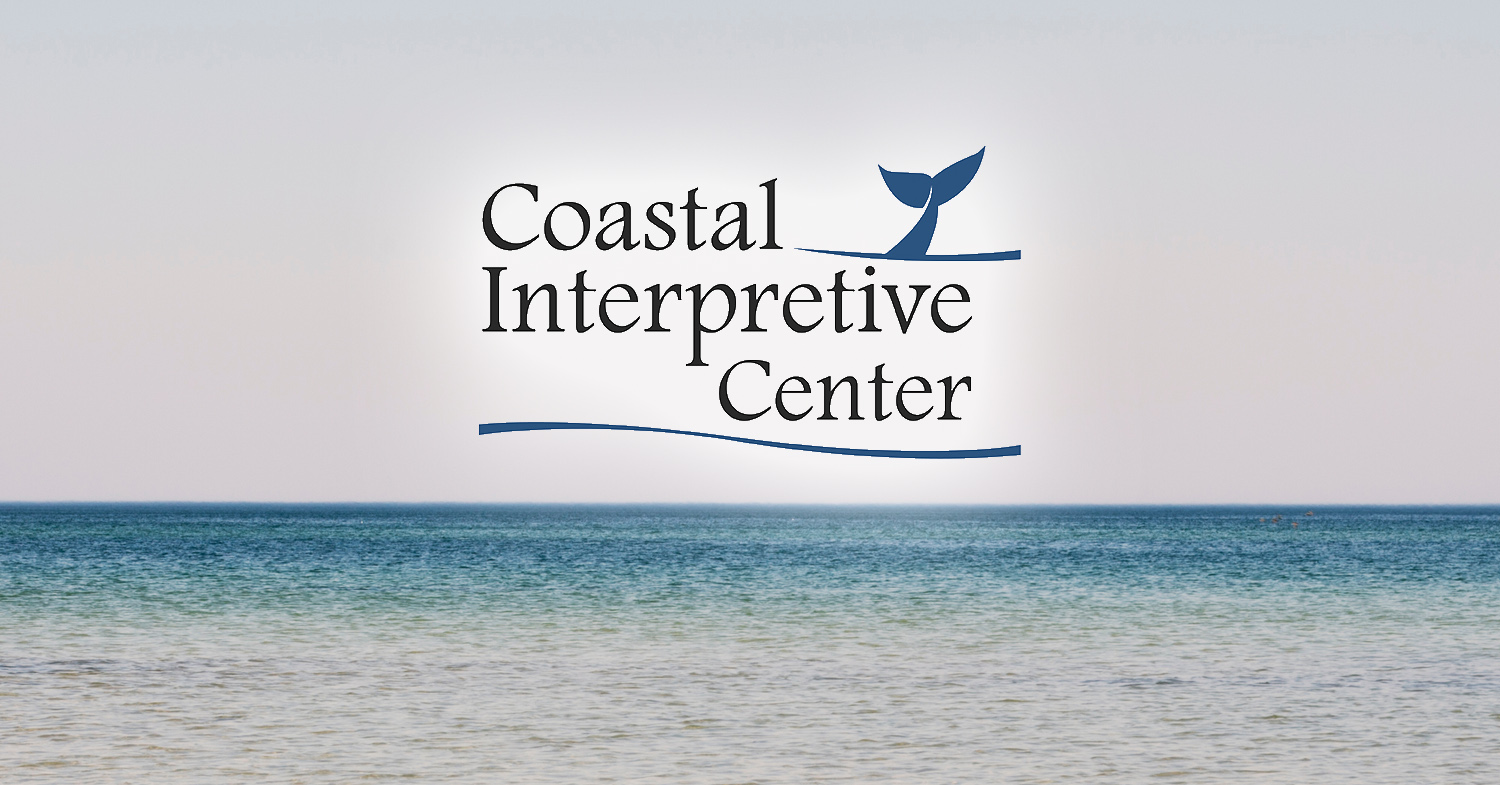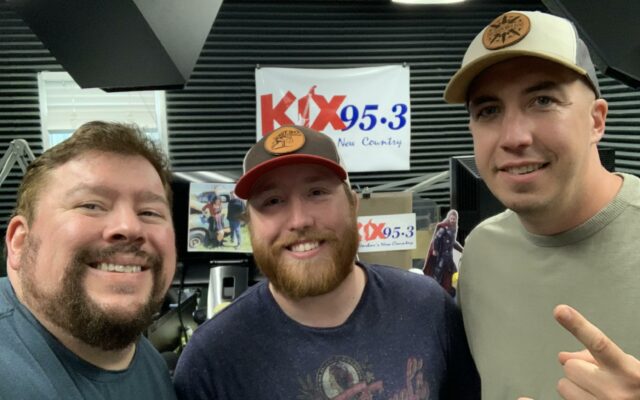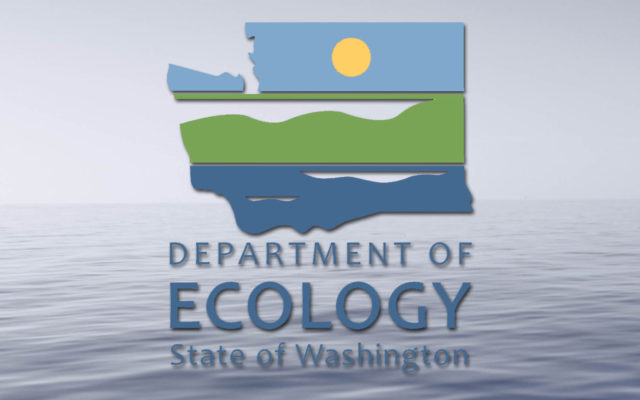Coastal Interpretive Center announces they are now a natural history museum


The Coastal Interpretive Center in Ocean Shores is adjusting their focus.
Beginning this month, the Coastal Interpretive Center staff tell KXRO that they are now a natural history museum.
In a release, the center says that the Board of Directors announced they have expanded the Coastal Interpretive Center scope of activities and outreach during a recent meeting.
“We will keep our name and still provide all of the great exhibits and displays we always have,” said Board President, Nancy Eldridge “but we will now include a stronger focus on environmental education and outreach and on our valuable museum collections.”
The change also recognizes the work of Center Administrator Laura Caldwell, who comes to the center with a Master’s Degree in Museums, Heritage and Material Culture Studies from SOAS University of London.
“We are lucky to have someone with this experience and background work at the Coastal Interpretive Center”, said Director, Barbara Hayford.
Laura has worked under the direction of former Board Director, Donna Hogerhuis on exhibit preparation and collections database management.
Currently, Laura is reviewing the Coastal Interpretive Center collections and curating existing and new objects, artifacts, and specimens.
“The collection has a little bit of everything and there is always something new to learn from it,” said Caldwell. “One aspect I’m focusing on right now is bolstering our history collections from the late 20th century. Most accounts of Ocean Shores’ history—including our own— tend to end at the city’s incorporation, yet so much has happened over the last 52 years and I’d like to explore further.”
The Coastal Interpretive Center is a natural history museum whose mission is “to educate the public about the natural and cultural history of Washington’s Pacific Coast and inspire the joy and wonder of nature”.
“This expansion of our original focus on the rich and interesting history and current affairs of Ocean Shores allows us to better meet our mission,” said Hayford. “Our exhibits, museum collections, and educational outreach now cover Washington’s coastal region from the mouth of the Columbia River to Cape Flattery and east to the headwaters of our coastal watersheds. We hope to partner with municipal, regional, national, and international organizations to conserve and preserve our bountiful, beautiful, and rich natural and cultural heritage.”
You Might Also Like



